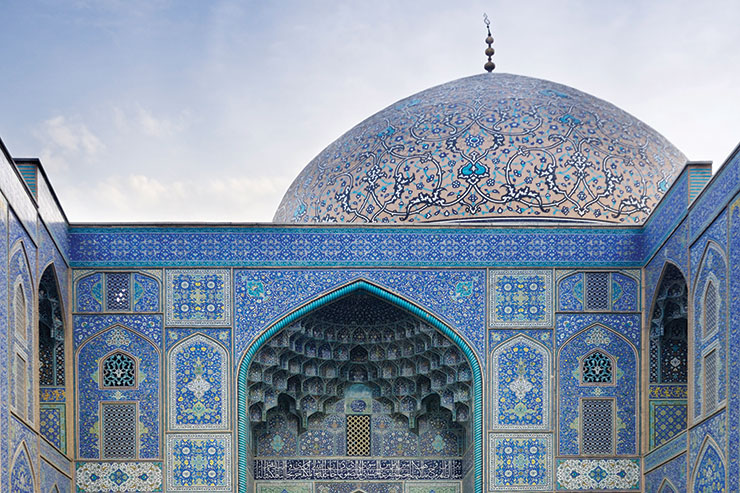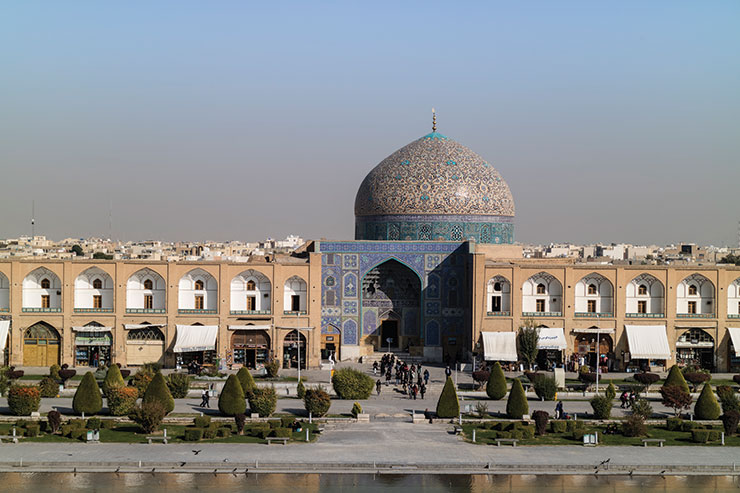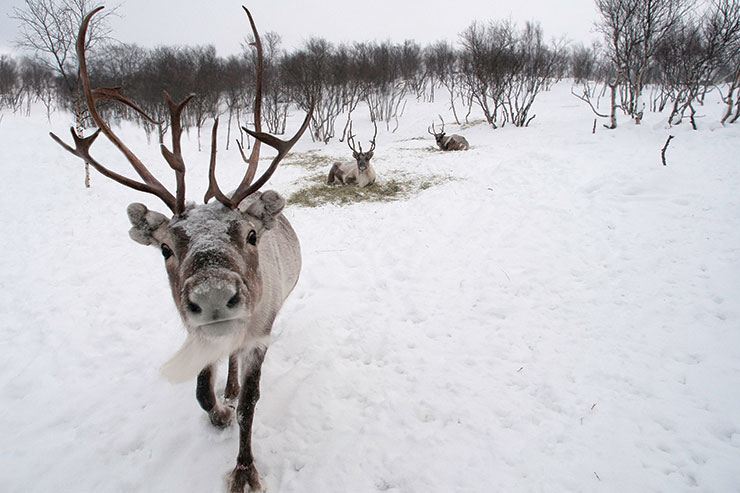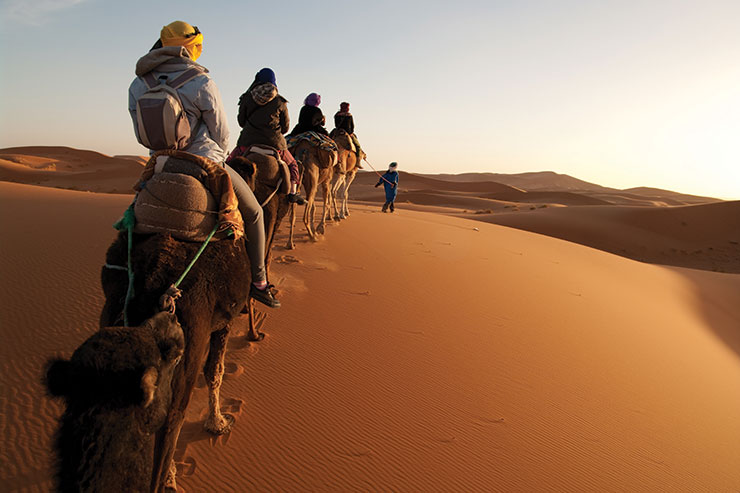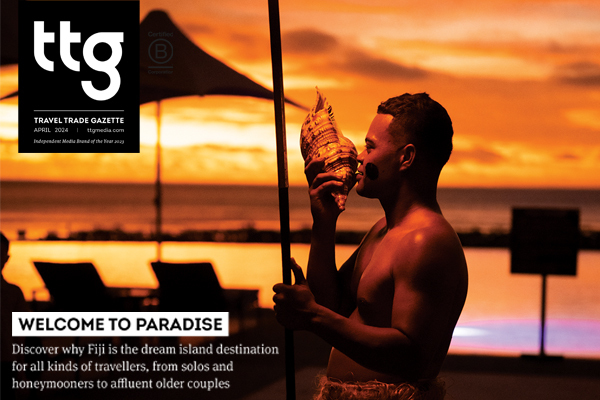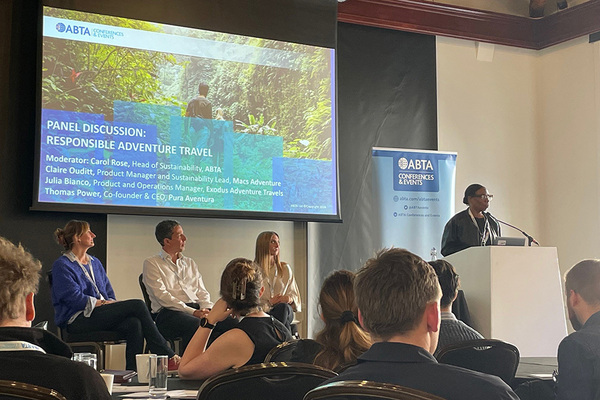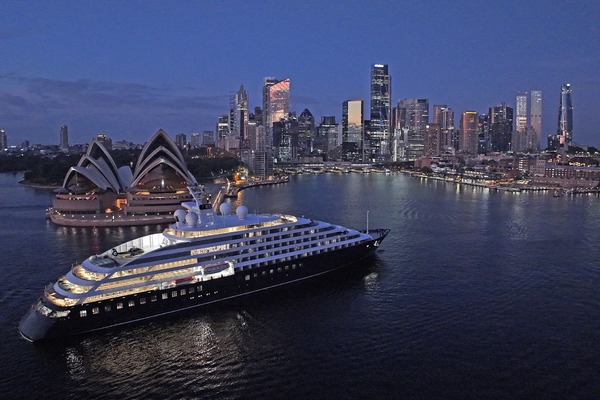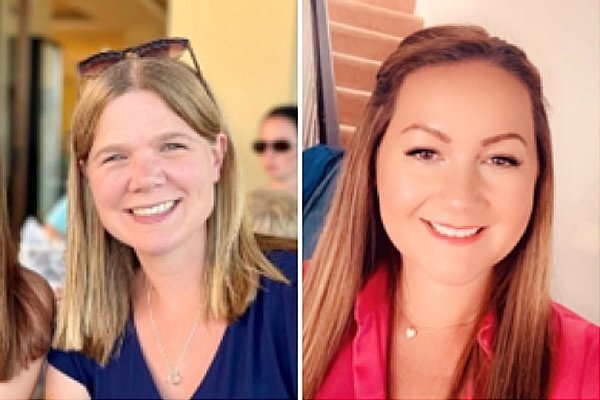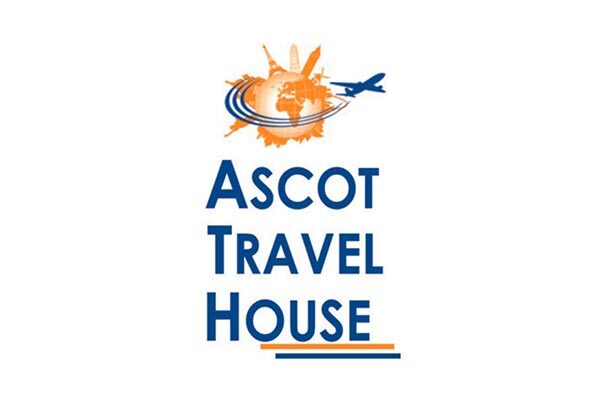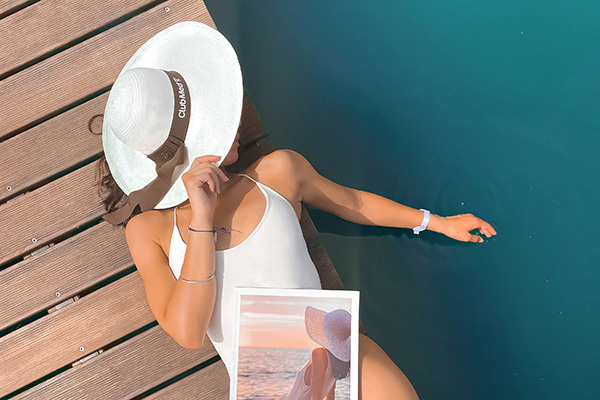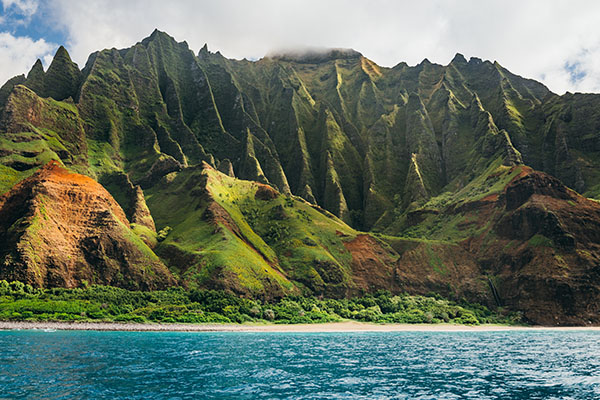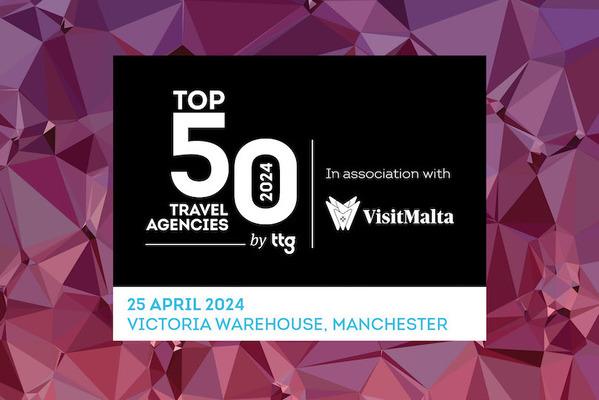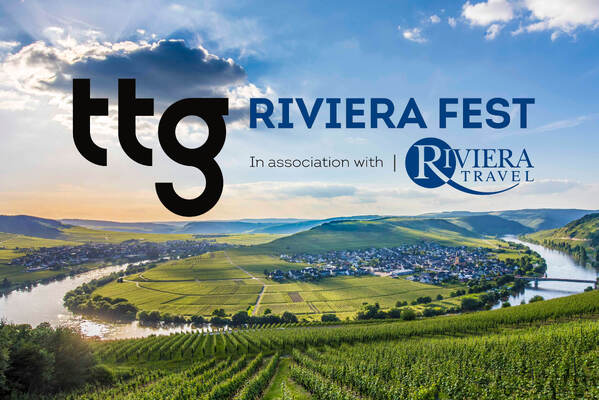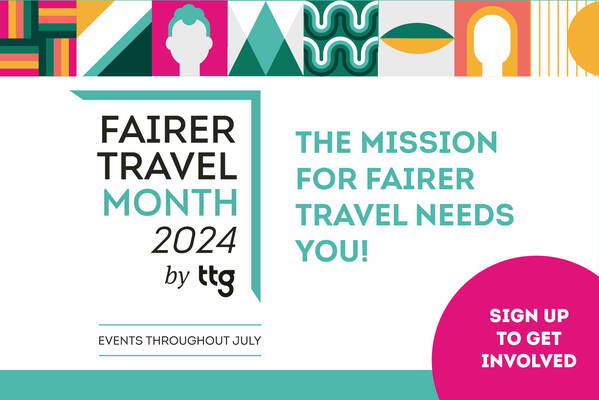Meet the world's Explorers
 Abigail Healy
Abigail HealyAward-winning Explore tour leaders give us the lowdown on their specialist regions
In December a panel of judges, including TTG’s features editor Abigail Healy, faced the task of selecting Explore’s top four tour leaders from a shortlist of 12 voted for by the operator’s customers. The winning leader received a cash prize of £1,500, half of which is given to a charity of their choice. Along with the three runners up they also win a trip to the UK. Here, this year’s winning leader and runners up share the inside track on the areas they work in.
Winner: Mohsen Mansouri
Which areas of Iran do you currently lead tours in?
I have been leading tours in the centre of the country but now there are 21-day tours that allow clients to see 75% of Iran’s highlights including historical sites, nature and culture. We visit the city of Persepolis near Shiraz and Naghsh-e Jahan Square in Isfahan with its mosques.
Beyond the key sights, what experiences can visitors enjoy?
The bas reliefs (stone carvings that depict ancient stories), and in Isfahan visitors can find handicrafts, workshops and artists. They can do some shopping and meet local people.
How do you explain Iranian culture?
Tarrof – a custom in Iran – means people won’t accept payment for a bill or taxi the first three or four times but you should pay, unless they repeat this 10 times. Iranians are friendly and I recommend customers say hello and locals will join in with photos.
What typical foods do people try on your tours?
Dizi is a traditional meal served in a stone pot. You separate the sauce and mash up the ingredients. Other local cuisine includes kebab koobideh, usually made from beef or lamb, and ghormeh sabzi, a herb stew, saffron rice and different types of bread.
How does your specialist knowledge of Iran help when you conduct your tours?
When visiting holy places, it is important to respect people and their traditions. It is possible to visit during ceremonies, but you need to know how to behave. If you do this correctly, they welcome you like their relatives.
What souvenirs of the country are the most popular?
Handicrafts such as miniatures of 1,001 stories of the Silk Road, handwoven rugs and carpets, turquoise rings, tablecloths and bed linen, as well as copper and silver handicrafts, saffron and sweets.
Watch Mansouri in action on TTG TV here
Runners up: Agust Hardarson
Which areas of Iceland do you lead tours in?
I lead Northern Lights tours in the south of the country, but my favourite is the west, and Westfjords.
What are the highlights?
Visiting an isolated farm in the north-east highlands, the glaciers, the waterfalls or the Northern Lights. Sometimes it is as simple as lying down in the moss of a lava field.
Beyond the key sights, what experiences do visitors enjoy?
Seeing reindeer, discovering a secret waterfall, visiting a lighthouse, seeing lava fields the size of the Isle of Man. In winter, there are beautiful sunrises and sunsets that last for hours. In summer, it’s all about the light and colours – black basalt, white glaciers, the green and all the colourful arctic flowers.
How do you explain Icelandic culture?
We visit a harbour and a lighthouse and explain the harshness of life in Iceland throughout the centuries.
What typical foods do people try on your tours?
Fish such as cod, haddock, arctic char, herring, and lamb. Fermented shark and dried fish are more of an unusual experience.
Why do you think Iceland has become so popular with tourists?
It has grown about 20-30% per year for the past four to five years and this January it was up 70% year-on-year. This is probably because you can see so many things within a few hours, it is very safe, the crime rate is extremely low, people are friendly and most speak English. Of course, it’s not everybody’s cup of tea because of the weather, which means we attract guests interested in culture and nature.
Miroslav Janotka
Which tours do you lead?
The Highlights of Eastern Europe tour, which offers a taster of each country or city. The new tour Highlights of Hungary gives insight into central Hungary.
What are the highlights?
The famous cities, Krakow, Prague, Budapest and Vienna are the big draws but by the end, most customers have enjoyed the rural areas, small towns and surrounding nature the most.
Beyond the key sights, what experiences can visitors enjoy?
The stop in a wine district of Sebechleby for local wine made by Jozef and lunch prepared by his wife Anna is never long enough.
Do you run any optional tours?
Customers can enjoy an almost private tour of Poland’s Salt Mines in the early morning or visit Auschwitz. I enjoy the day out of Prague visiting Konopiste Castle, full of unknown stories about Crown Prince Franz Ferdinand d’Este, whose murder was used as the official reason to start the First World War.
How do you explain the culture of the countries you visit?
They are a result of numerous migration waves over thousands of years. Each ethnic group brought something that we consider an integral part of our cultural DNA. To simplify it: Romans brought the wine, Wallachians the sheep cheese, and Turks the coffee and goulash. I use gastronomic examples because it’s the aspect of our culture that guests understand immediately.
What typical foods do people try on your tours?
In Poland, they try pierogi (dumplings) and barszcz, a red beetroot broth. In Slovakia, it’s bryndzove halusky – potato gnocchi with fermented sheep cheese, and Anna’s strudel with walnuts or poppy seeds. In Hungary, it’s halaszle – paprika fish soup and goose liver – with lecso – tomato, pepper and onion stew. You haven’t been to Vienna if you haven’t tried a schnitzel with potato salad and apple strudel or Sachertorte, and in Czech Republic there is affordable beer and knedliky – dumplings.
What is your favourite story to tell customers?
That of Sir Nicholas Winton, a British humanitarian who organised the rescue of 669 children from Czechoslovakia and arranged safe passage for them to Britain by rail. We need to keep reminding people about these stories of humanity, especially in current times.
Lhoucine Ben Sghir
Which areas of Morocco do you lead tours in?
Currently, the Imperial Cities and Desert tour, which is a classic itinerary. However, there are many places in Morocco that are still to be explored, such as the northern part of the Middle Atlas Mountains, where trekkers can walk around the cedar forests and explore the culture of Berber people. Also the south-west, where the real nomadic life still exists.
What are the highlights?
Key sights include the imperial cities with fascinating Islamic architecture, the Atlas Mountains with the snowy peaks, the Sahara desert, and the coast with its beach resorts.
Beyond the key sights, what experiences can visitors enjoy?
Staying with local families, learning phrases from local dialects, learning about the local cuisine, and going to visit the hammam, a traditional steam bath.
How do you explain Moroccan culture to customers?
Each part of the country has a different culture. In the imperial cities, I tell guests about Arabic culture and how it wasn’t hugely affected by globalisation. In the Sahara desert, I tell them about the Nomads and Tuaregs. In the Atlas Mountains, they discover the culture of the Berbers, the indigenous people of Morocco.
What typical foods do people try?
Each region in the country has a different speciality: pigeon pie in the north, chicken tajine with preserved lemons in the north-west, couscous with seven vegetables in the south, and tanjia – meat cooked with 34 spices – in Marrakech, as well as barbecued fish by the coast.
What souvenirs are popular?
Traditional dress, slippers, dates, spices and cosmetics made from roses. Some visitors like to buy more costly items like leather jackets, carpets, ceramic tables and Argan oil.
What is your favourite story about Morocco?
One of my favourites is about crossing the Sahara by camel from Morocco to Timbuktu in 52 days – it is full of challenges and adventures. I like to share the story, especially when we camp in the Sahara.

